Planning for a project (middle school)
So you’ve been given an assignment or project to do and have no idea where to start – never fear, Elevate is here to help get you to the point where you’re able to start writing!
Start Browsing
Start browsing
< Wait, I have a password

to your account
 Facebook
Facebook
< Wait, I don't have a profile yet
Reset Password >
to save your details
 Facebook
Facebook
< Wait, I already have a profile

Start browsing
< Wait, I have a password



We like to call them High Stakes Assessments, or HSAs because most people forget about their importance. Most people see the assessments throughout the year as stepping-stones to exams, and just cruise through them without adequate preparation. Fact is, your exams are often only half the story – being worth 50% of your final mark. The other 50% of your marks (sometimes more) comes from your internal assessments. So we’ve compiled the top 4 tips to facing and acing your HSAs, because every test counts.
Most people go into HSAs blind. They browse over their notes, hoping that the ‘easy topics’ come up on the paper. Sorry, not good enough. If you’re truly prepared, you don’t rely on guesswork.
When your teacher announces an upcoming assessment, they’ll generally tell you which part of the course can be tested. Most students will then go home and begin studying their notes without taking an essential step: finding out specifically, which topics and sub-topics are most important.
You can’t be tested on everything you’ve learned. Therefore you shouldn’t focus equally on everything. You should find the key topics, the essentials. By knowing what the essentials are, you can begin preparation in a focused, pointed manner.
First, you’ll need to be well acquainted with your Syllabus (AKA Study Design or Course Outline). This document sets out specifically every topic and sub-topic that needs to be taught and examined throughout the year. Begin by downloading and printing this document for each subject that you’re doing.
You can do that here for NSW, SA, VIC , and WA.
Once you’ve got your syllabus, the most important part is how you use it. Print your syllabus, grab a highlighter and make time to speak with your teacher. Go to your teacher and say “Mr/s ___, I know we’ve got a test coming up. I printed the Syllabus so I can focus on studying the most important topics. Can you show me what is examinable?” You then highlight anything s/he says. Your teacher can’t tell you answers – obviously. But they can tell you what to focus on. This is a great way to zero in on the most important topics.
Also make sure that you ask your teacher about the format of the test. You might need to answer short questions, write essays, fill in diagrams, deliver speeches, or complete multiple choice questions. By knowing the format, you can give context to the way you study.
There’s a big difference between taking notes and taking good notes. Without delving into too much detail here, the key difference is whether you can use them to revise for your HSAs. Have you missed anything? Have you covered the essentials?
The best way to find out is to compare your notes against your syllabus. If there’s any key points in the syllabus that don’t appear in your notes, you might want to update them. If necessary, grab your textbook and set aside a couple of hours to ensure that your notes are airtight and assessment ready.
Most people revise by making summaries (yawn). Summarising is the most boring form of study. It involves looking over your notes and re-writing them with fewer words. How fun…
The problem with making summaries is that it takes a long time and basically results in condensing your notes into a shorter form. Most people like condensing because it means they can use the summary to memorise the information. Here’s the catch: Summaries are hard to memorise and force you to rote learn. The problem with a summary is that it is basically a shorter list or copy of your notes, and in making it, you don’t actually consider or evaluate the information – you just copy it like a trained monkey.
Your memory doesn’t work in a linear fashion – the mind doesn’t memorise lists of disconnected details. Your memory works laterally, through networks of information. What does that mean? Your memory is like a map, joining ideas and concepts together through associations. Your mind works like a mind-map (funny that, reading the word ‘MIND’ should’ve given it away). Your mind remembers information that STANDS OUT and links to other similar information. We memorise by actively paying attention, not passively reading over stuff.
Passive learning is boring, slow, and repetitive. Passive learning involves reading over a summary dozens of times. The best way to start learning your notes is to reconstruct them creatively, in a new format – not simply summarising them.
Mind maps are one awesome way to do this. Mind maps aren’t linear but lateral. Like our memories, they centre on key concepts and branch out to detail. Mind maps will allow you to condense like a summary, but with the added bonus of allowing you to visually demonstrate how concepts link and interrelate. How do concepts join up? What are the links? Can you be creative? Can you draw pictures to help trigger your memory in the test?
You sure can. Colours? Pictures? It works. It works really well.
If you’re not sold on the mind maps, just remember this: the more active and creative you are in memorising information, the better your memory will function when under the pressure of an HSA.
Most people take comfort in reading over their notes passively and just ‘thinking’ about information. The most active way to can learn is to do practice questions.
Practise questions expose weaknesses and give you the opportunity to turn them into strengths. Any question you get wrong, mark it down on a separate piece of paper. Then after you’ve done a bunch of practice questions, get all your wrong answers and find the correct answers in your notes, text-book, or by asking your teacher.
Here’s a simple method to learning through self-examination:
Do your first set of questions with your notes, mind maps and textbooks in front of you. Take your time to find the answers. You’ll be training your brain to learn the information by answering questions.
Do your next set of questions without your notes in front of you. This will help you identify which parts you remember and understand, and which parts require more revision.
Do your final set of questions under test conditions. You already know the format of the exam, so replicate it when you prepare.
Where do you get practice questions - your teacher, your state assessment website (the same place you downloaded your syllabus, here on our website.
By the time you’ve finished step 4, you will know. If answering practice questions becomes a routine, and you get bored of writing the same correct answer again and again, it’s a pretty good sign you’re prepared.
If you’ve got any further questions, or feel like we missed anything you can get in contact via our Facebook Page, you can comment below, or head to our FAQ page!
I’d sign off by saying “good luck”, but if you follow these 4 steps – you won’t need it.
 -
-